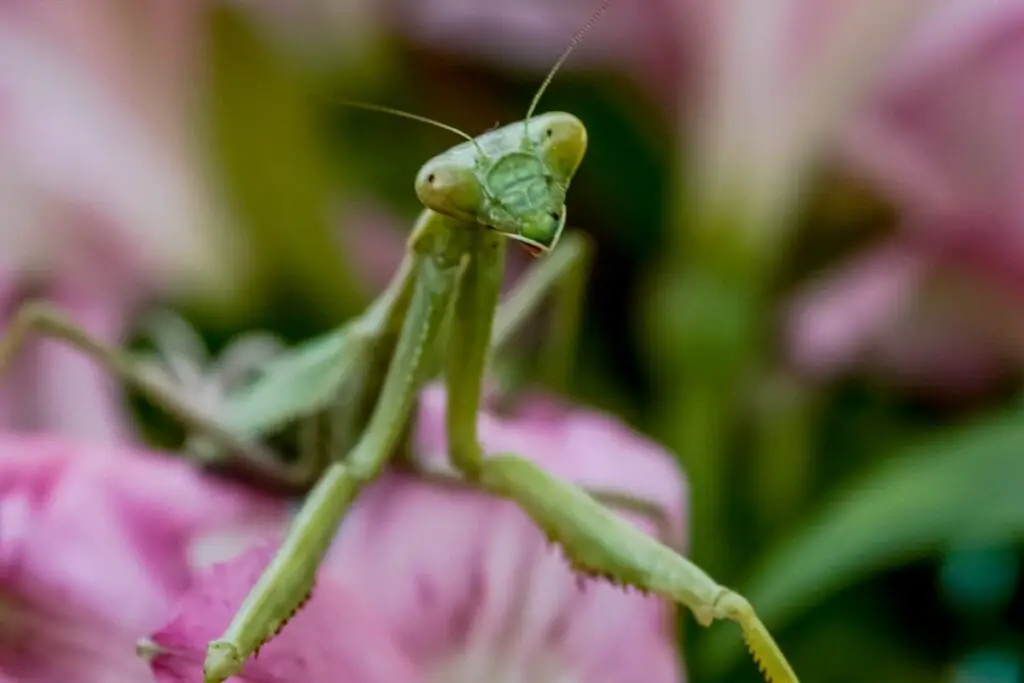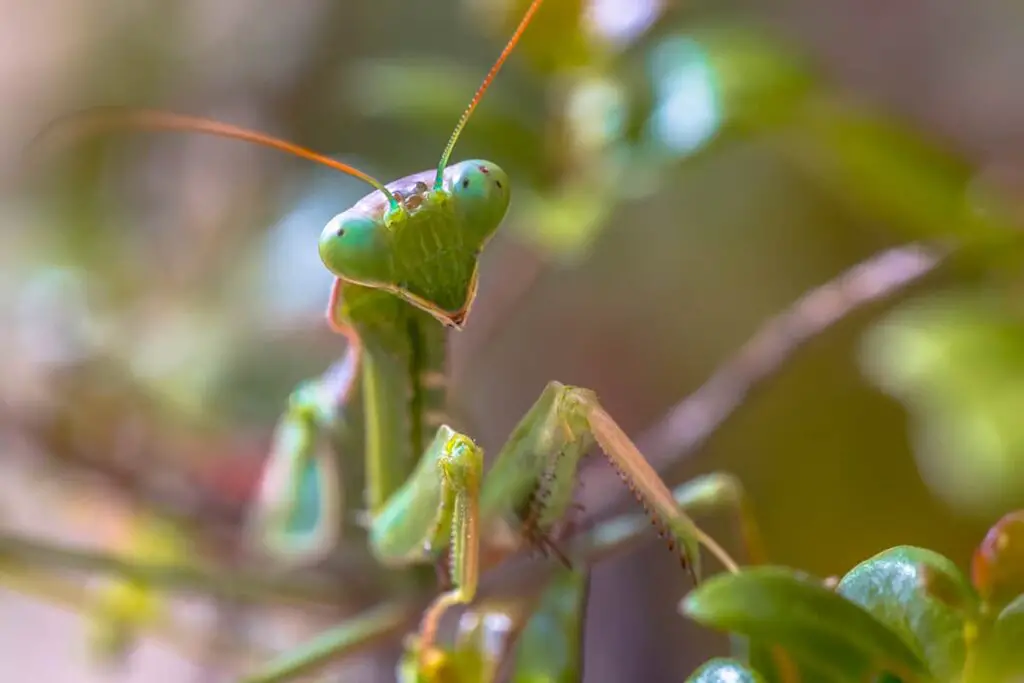Caring for a praying mantis can be a rewarding experience, offering a window into the fascinating world of these unique predators. To ensure your mantis thrives, it’s crucial to provide optimal nutrition tailored to its specific needs. Proper feeding not only supports your mantis’s health and longevity but also influences its behavior and breeding success.
Like all pets, mantids require a balanced diet to maintain their vitality. The right food choices enable these insects to grow, molt, and reproduce effectively. Understanding the nutritional needs of mantises across their life cycle can seem daunting at first, but with the right information, you can make informed decisions about their care. From the type of prey to the frequency of feeding, every aspect of their diet plays a significant role in their well-being.
By focusing on their dietary requirements, you’re not just caring for a pet; you’re also supporting a complex and intriguing organism. Whether you’re a seasoned invertebrate enthusiast or just starting, learning about mantis care can be an enjoyable and enlightening journey. Let’s explore how to nourish these captivating creatures for a healthy and active life in your care.
Understanding Mantis Nutrition
Proper nutrition is vital for your mantis’ health and vigor. Let’s break down what nutrients they need and how often they should be fed for optimal care.
Essential Nutrients for Mantises
Mantises require a diet rich in protein to support growth and reproduction. Live feed such as fruit flies or crickets is ideal, as it also provides necessary fat and vitamins. For example, the ghost mantis benefits from a diverse diet that can include smaller insects like aphids or larvae. Ensuring a variety of prey also helps meet their micronutrient requirements.
Feeding Frequency and Amounts
The feeding schedule for your mantis will vary depending on its life stage. Juvenile mantises may need to eat daily, while adults thrive best when fed every 2-3 days. A general rule is to offer prey that is about one-third the size of your mantis. Monitoring your mantis‘s response to feeding will guide you to adjust portions and frequency, ensuring they receive enough nutrition without overfeeding.
Creating a Balanced Diet
To ensure your mantis thrives, you’ll want to offer a variety of live prey that mirrors their wild diet. Including supplements and vitamins is vital for their overall health.
Live Prey Selection
Your mantis’s primary diet should consist of live insects. Fruit flies are excellent for young nymphs, while older mantises can handle larger prey such as crickets or roaches. Ensure the insects are gut-loaded—fed nutritious foods before being offered to your mantis—for additional nutritional benefits. Here’s a quick guide to prey size:
- Nymphs (1st to 3rd instar): small fruit flies
- Juveniles (4th to 6th instar): larger fruit flies, houseflies
- Adults: crickets, moths, roaches, or grasshoppers (approximately 1/3 the size of your mantis)
Supplements and Vitamins
It’s important to dust the prey with a calcium supplement once or twice a week to support exoskeleton strength. You might also consider a multivitamin supplement designed for insectivorous pets to provide a full range of nutrients. Use these supplements sparingly to avoid over-supplementation.
Calcium Powder: Lightly dust on insects before feeding.
Multivitamin Supplement: Follow specific product instructions for application frequency.
Remember, fresh water should also be available for your mantis to drink, which they typically do from droplets on their enclosure surfaces.
Feeding Techniques and Tips
Proper feeding is essential for your mantis’s health. Let’s focus on how to provide meals in a way that’s safe for your mantis and encourages its natural instincts.
Safe Prey Handling
When offering food to your mantis, ensure that the prey is appropriate in size—no larger than the head and thorax of your mantis. Use forceps or tweezers to present the prey to avoid accidental injuries. It’s important to offer live insects, as mantises are stimulated by movement and may disregard non-moving food. Remember to promptly remove any uneaten prey to prevent possible harm to your mantis or contamination of the habitat.
Encouraging Natural Hunting Behaviors
Mantises are natural predators that benefit from an environment which allows them to hunt actively. Mimic their natural hunting conditions by providing a variety of hiding spots and climbing structures within the enclosure. Introduce live prey into the enclosure to stimulate your mantis’s hunting instincts, but be observant to ensure that prey is not causing stress or injury. Encouraging these behaviors ensures that your mantis stays mentally and physically healthy.
Frequently Asked Questions
In caring for your praying mantis, you likely have questions about their nutrition. These FAQs will guide you in providing a balanced diet and maintaining a proper feeding regimen for your mantis.
What does a balanced diet for a praying mantis include?
A balanced diet for a praying mantis consists of a variety of live insects such as crickets, moths, and flies. Ensuring these insects are gut-loaded provides additional nutrition to your pet. Learn about the nutritional needs of mantises to better care for them throughout their life cycle.
How can you determine the appropriate feeding schedule for a praying mantis?
The appropriate feeding schedule depends on the age and species of your praying mantis. Generally, adult mantises should be fed every 2-3 days, while nymphs require feeding more frequently. Monitor your mantis’s activity and adjust the feeding accordingly. Detailed information can be found in this mantis care guide.
Are there any specific foods that should be avoided when feeding praying mantises?
Yes, there are foods to avoid when feeding praying mantises. Avoid feeding them wild-caught insects, which may carry pesticides or parasites. Providing insects that are too big might also pose a risk of injury to your mantis.
What are some suitable food options for baby praying mantises?
Suitable food options for baby praying mantises, or nymphs, include small insects like fruit flies, pinhead crickets, and other tiny arthropods. It’s important for these offerings to be appropriately sized to prevent difficulties in consumption.
Can you give honey to your praying mantis, and if so, how?
While honey isn’t a natural part of a mantis’s diet, it can occasionally be offered in small amounts as a treat. You can dab a small drop on a toothpick and let your mantis lick it off.
How does the diet of a green praying mantis differ from other species?
The diet of a green praying mantis does not vary significantly from other species. All mantises are carnivorous and primarily hunt live insects. However, a green praying mantis might be more camouflaged in certain environments, possibly influencing its hunting efficiency for specific prey.
Driven by a passion for those tiny creatures that rule our world, we at Bug Domain strive to be your go-to resource for information on insects.



